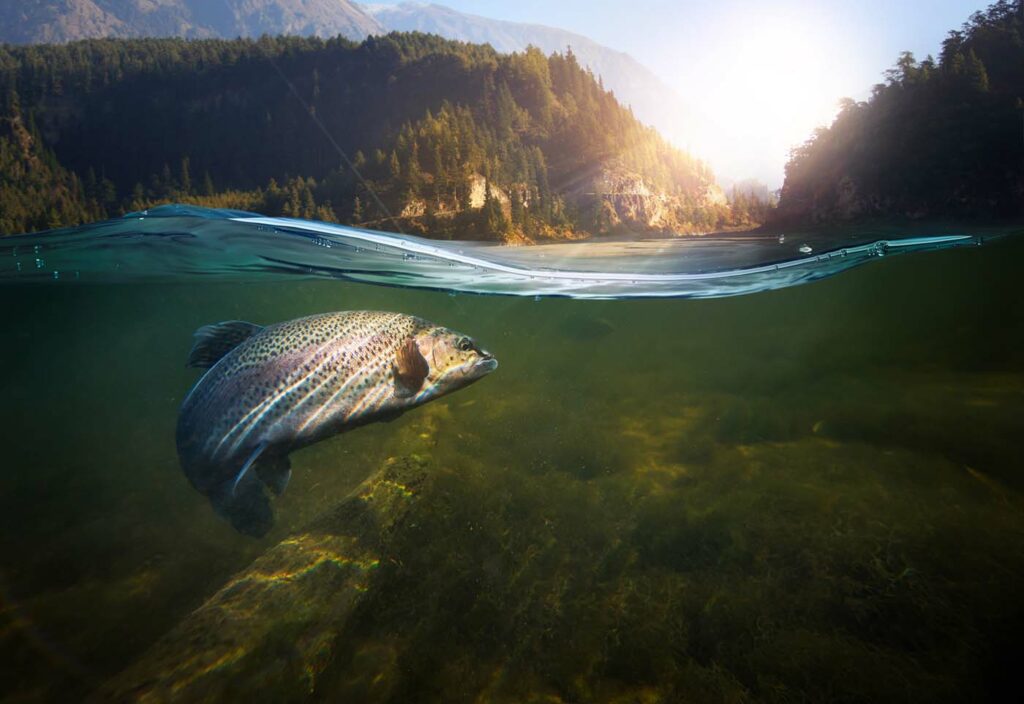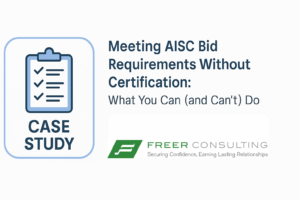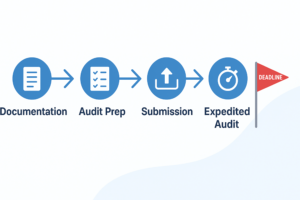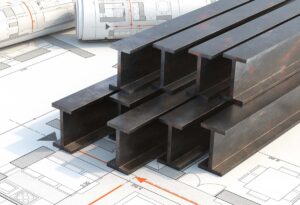As of January 1, 2025, Washington State’s new Industrial Stormwater General Permit (ISGP) will take effect, marking the beginning of a new regulatory cycle that will last until December 31, 2029. This update replaces the 2020 ISGP, which expires at the end of 2024, and introduces several important changes aimed at reducing industrial stormwater pollution and protecting Washington’s waterways. For businesses in the Seattle area, maritime sectors, and across Washington, it’s critical to understand the implications of these changes to ensure compliance and maintain uninterrupted operations.
Understanding the ISGP and Its Purpose
The ISGP regulates stormwater discharges from industrial facilities to prevent pollutants from harming aquatic ecosystems. Washington’s Department of Ecology (Ecology) oversees this permit, which enforces compliance with both state and federal water quality standards. Businesses covered under the ISGP are required to monitor and manage stormwater runoff, implement best management practices (BMPs), and submit regular reports documenting their efforts.
Key Changes in the 2025 ISGP
Several updates to the 2025 ISGP will affect businesses, particularly in terms of sampling requirements, reporting deadlines, training, and corrective actions. Below are some of the most notable changes:
1. New Sampling Requirements
- 6PPD-Quinone Sampling: Starting in 2028, businesses in certain sectors will need to test for 6PPD-quinone, a chemical linked to tire wear and pre-spawn mortality in coho salmon. This sampling is “report only,” meaning results must be submitted to Ecology but are not subject to benchmarks or corrective actions.
- PFAS Sampling: Select industrial sectors may need to test for per- and polyfluoroalkyl substances (PFASs). While this requirement is also “report only,” businesses should monitor updates from Ecology to determine if their sector is affected.
2. Revised Engineering Report Submission Timeline
- For Level 3 Corrective Actions, the deadline to submit an engineering report has been extended from May 15th to June 30th of the following calendar year. This change provides businesses more time to evaluate and address their corrective action requirements.
3. Enhanced Reporting and Record-Keeping
- Permittees must now include additional documentation with lab reports, such as Chain of Custody forms and Case Narrative.
- SWPPP-related training logs for employees and contractors must be maintained and made available upon request.
4. Updated Training Requirements
- All employees, contractors/vendors, who have duties in areas of industrial activities must be trained within 90 days of hire. Part time and seasonal employees, contractors/vendors must be trained within 30 days of hire.
- Contractors and vendors working in permitted industrial areas must also receive SWPPP training unless supervised by a trained employee.
- Training must include BMP maintenance, SWPPP responsibilities, and record-keeping requirements. Records of training must be stored with the SWPPP and be accessible upon request.
- Applications for Conditional No Exposure (CNE) status are no longer automatically approved after 90 days. Under the new permit, CNE status is only granted after Ecology has notified the applicant that the request has been approved.
Implications for Your Business
The new permit introduces both opportunities and challenges. Here are a few examples of how these changes might impact your stormwater management practices:
Stormwater Sampling Adjustments
Businesses must prepare for the addition of 6PPD-quinone testing in 2028. This requires ensuring your team understands the new sampling protocols and that your lab is equipped to test for this parameter. While PFAS sampling may not apply to your industry, staying informed on Ecology’s updates is essential.
SWPPP Updates
Your Stormwater Pollution Prevention Plan (SWPPP) will need updates to reflect the revised training requirements, reporting protocols, and documentation standards. Training programs should now explicitly cover contractors and vendors, ensuring compliance with the new permit language.
Corrective Actions Timeline
The extended timeline for submitting engineering reports and implementing treatment systems offers businesses more flexibility in addressing Level 3 Corrective Actions. However, it’s important to begin the planning process early to avoid last-minute challenges.
Training and Record-Keeping
Implementing the new training requirements for employees and contractors may require additional resources and coordination. Proper documentation and record-keeping will be critical for demonstrating compliance during inspections.
Next Steps for Compliance
- Review the Permit: Familiarize yourself with the full 2025 ISGP, available on Ecology’s website. Pay particular attention to sections relevant to your industry.
- Update Your SWPPP: Ensure your SWPPP reflects all new requirements, including training and documentation updates.
- Prepare for Sampling Changes: Evaluate your current sampling procedures and laboratory capabilities to accommodate the new parameters.
- Enhance Training Programs: Develop or update your training programs to include all new requirements and ensure records are well-maintained.
- Engage Experts: If you’re unsure how these changes affect your business, consult with stormwater compliance professionals to ensure a smooth transition.
Partnering for Success
Navigating regulatory changes can be complex, but you don’t have to go it alone. Our team specializes in helping businesses across Washington, from industrial facilities to maritime operations, achieve and maintain stormwater compliance. Whether you need help updating your SWPPP, conducting employee training, or preparing for new sampling requirements, we’re here to support you.
Questions to Consider:
- Are you unsure if your business sector is affected by the new sampling requirements and whether your existing lab can support the testing?
- Are you limited on time and resources to do a comprehensive review of the SWPPP for updates and provide the required training?
- Do you need guidance on implementing the revised reporting and corrective action timelines?
Contact us today to learn how we can help your business stay ahead of the 2025 ISGP changes and ensure compliance with Washington’s stormwater regulations.








